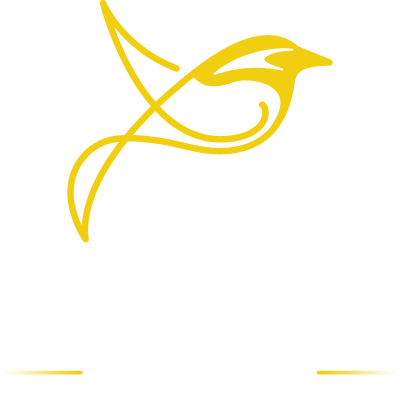Phil and Pegi: Riverdale Renovation
This past summer we had the pleasure of meeting Phil and Pegi on their lovely front porch. From there we learned about the key components of their low-carbon retrofit: better exterior cladding and two new heat pumps.
A lot of people instinctively think their homes are leaky because of their windows but houses have a lot more wall than window. An energy audit can precisely determine both the biggest culprits for heat loss and the best fixes. Phil, a long-time advocate of energy efficiency, had an audit done for precisely that reason. He wanted to know which upgrades would most improve his building envelope.
Phil next to his newly insulated exterior wall and heat pump
The east side of Phil’s home was in need of repair but instead of just replacing the siding, Phil made the wise decision to add 2 inches of rigid foam insulation underneath new stucco. This widened his home by 2 inches but it looks great and blends perfectly with the front of the house. The result is a great looking wall that provides way more insulating value.
Most of us are familiar with adding insulation to the inside our homes but it’s even more effective when it can be placed on the outside. Inside, insulation is constantly interrupted by wall studs, outlets and more, whereas outside it can run almost continuously.
On the west side of Phil’s home, proximity to the neighbour’s house prevented adding exterior insulation but his home has interior wood framing so the walls could be insulated from the inside using a method called “drill and fill”. It required repainting but it greatly improved the building envelope. In addition to insulating both sides of his home, Phil also upgraded some of his windows.
With the building envelope fixed, the next step was to improve the heating and cooling. Phil’s home has cast iron radiators but the heat was unevenly distributed. His home was also too warm on the upper floors in the summer. The perfect solution was to install a cold-climate heat pump because it would provide both heating and cooling. In fact, Phil installed a first heat pump with two indoor heads and it worked so well that he soon purchased a second heat pump so the rest of the home would be as comfortable.
With heat pumps now servicing Phil’s home for both heating and cooling, the gas boiler is getting much less use. It’s still needed during the coldest months because it services the basement and a few other areas, but burning less gas overall means fewer carbon emissions. The other advantage to using the heat pumps is that each head has its own remote thermostat. This means that everyone in Phil’s home gets the right temperature, not just the person with the lucky room, which used to depend on the season.
In doing this project, Phil and Pegi had a little help from the City of Toronto. Toronto H.E.L.P. loans can be a good idea for homeowners taking on efficiency and solar projects. These loans are attached to the property tax so that if you move, the outstanding balance is transferred to the new owner. It’s a great solution if you want a solar array but worry you might move before it’s paid off.
Goldfinch has Phil to thank for inspiring our tagline: Comfort and cleantech under one roof. When we first interviewed Phil about his project he told us he never imagined how much more comfortable his home could be. Now, improved comfort and reduced emissions is our goal on every project. Change is easy when it’s win-win.




